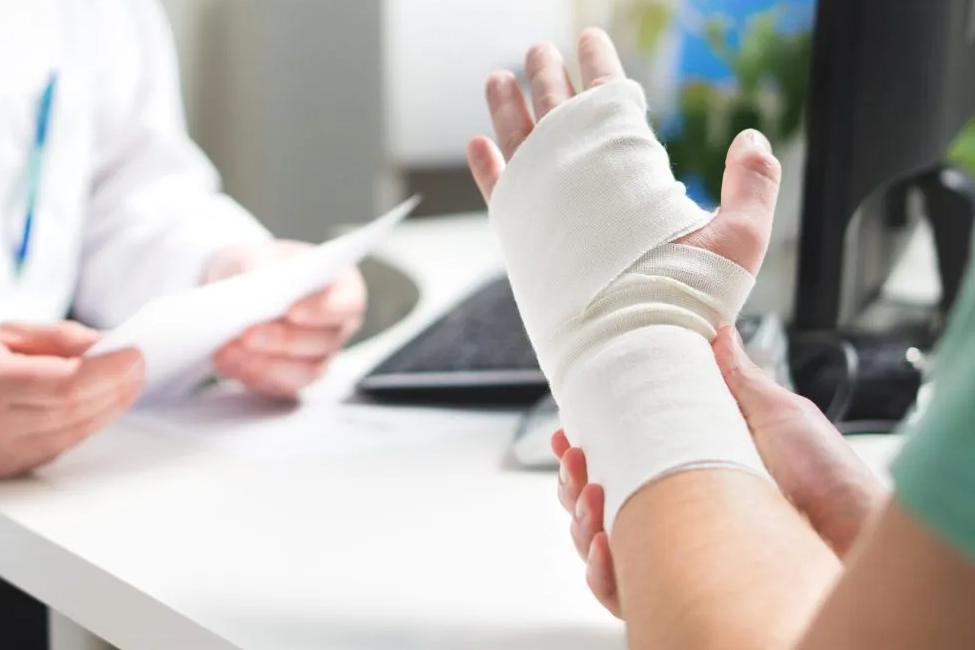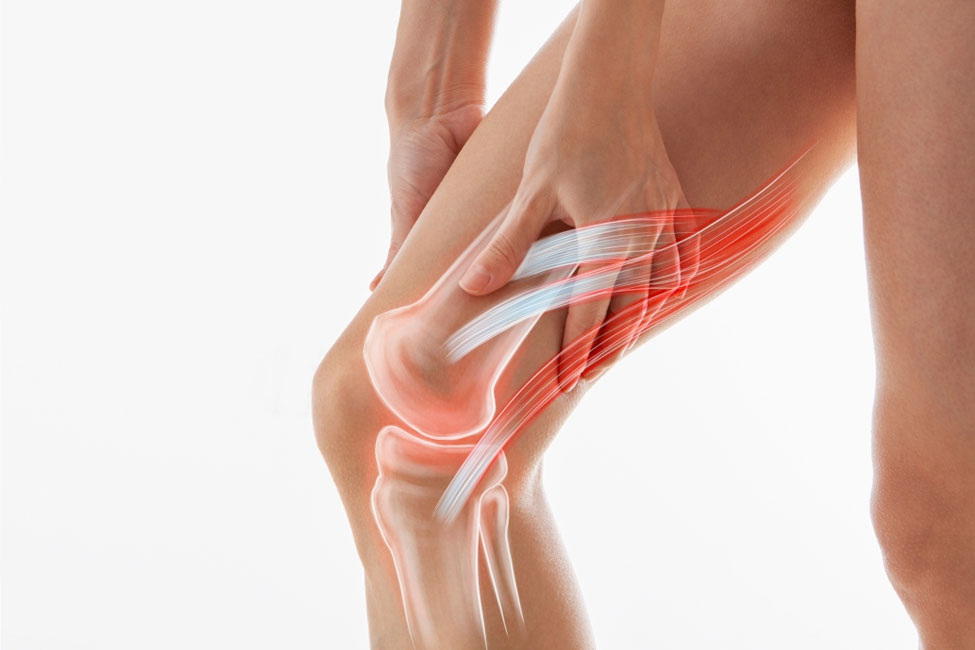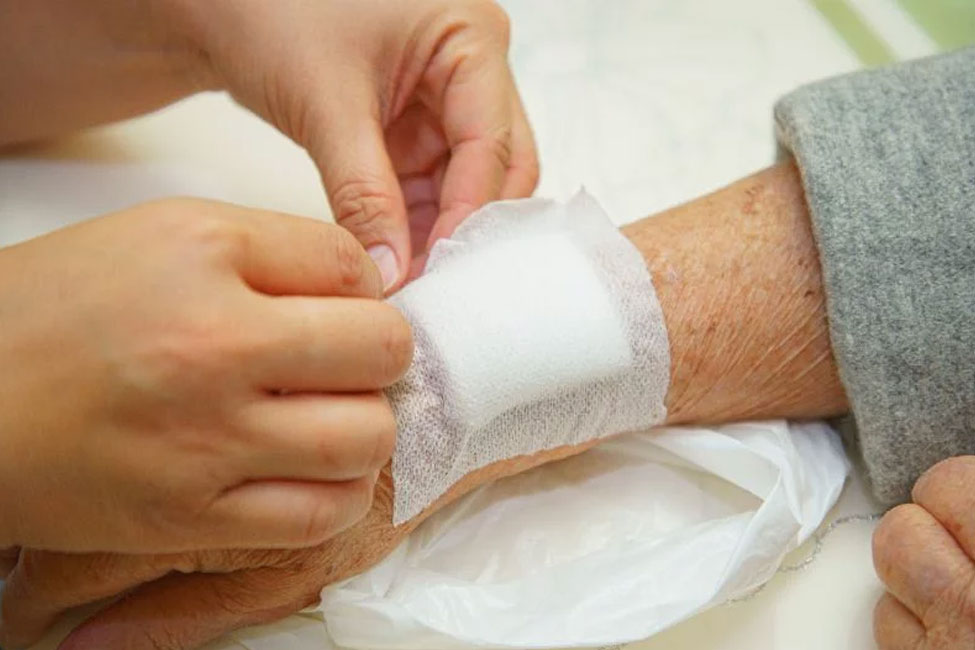Fracture: Causes, Symptoms, Treatment, and Prevention
What is Fracture?
A fracture refers to a break or crack in a bone. It can occur due to various reasons, such as trauma, accidents, repetitive stress, or conditions that weaken bones.
Types of Fracture
Fractures are categorised into different types based on the nature and pattern of the break. Some common types include:
- Simple or Closed Fracture: The bone breaks but doesn’t pierce the skin.
- Compound or Open Fracture: The broken bone pierces through the skin, leading to an open wound.
- Stress Fracture: A small crack or severe bruising within the bone caused by repetitive stress or overuse.
How Common is Fracture?
Fractures are relatively common and can affect individuals of all ages. They occur due to various reasons, such as accidents, falls, sports injuries, or weakened bone conditions like osteoporosis. The frequency of fractures can vary widely depending on the age, lifestyle, and specific risk factors of an individual.
Causes of Fracture
Fractures can occur due to various reasons, including:
- Trauma or Injury: Accidents, falls, collisions, or direct impacts to the bone can result in fractures.
- Overuse or Repetitive Stress: Continuous stress on a bone from repetitive movements or activities can cause stress fractures, particularly in weight-bearing bones like the tibia or metatarsals.
- Osteoporosis: Weakening of bones due to conditions like osteoporosis increases the risk of fractures, even from mild trauma or falls.
- Medical Conditions: Certain medical conditions, such as bone tumors or bone infections, can weaken bone structure and predispose individuals to fractures.
- Weakened Bone Structure: Conditions like osteogenesis imperfecta, a genetic disorder resulting in fragile bones, can increase the risk of fractures.
- Childhood Injuries: In children, growth plate fractures can occur due to accidents or trauma affecting the developing bone’s softer areas.
Symptoms of Fracture
Symptoms of a fracture can vary depending on the type and location of the injury. However, common signs to watch for include:
- Pain: Intense pain at the fracture site, exacerbated by movement or pressure on the affected area.
- Swelling: Swelling, tenderness, or bruising near the injured bone.
- Deformity: Visible deformity or misalignment of the injured limb or joint.
- Limited Movement: Difficulty or inability to move the affected area normally.
- Weakness or Numbness: Weakness, numbness, or a tingling sensation, particularly in the fingers or toes if the fracture affects a limb.
- Visible Wound: In open fractures, a wound that exposes the broken bone and might bleed or protrude through the skin.
Diagnosis of Fracture
The diagnosis of a fracture typically involves a combination of the following methods:
Physical Examination
The orthopaedic specialist will assess the injury site, noting any visible signs of deformity, bruising, or tenderness.
X-rays
X-rays are commonly used to visualize and confirm the presence of a fracture. They provide detailed images that can reveal the location, type, and extent of the fracture.
MRI or CT Scans
In some cases, especially if the fracture is subtle or in areas where X-rays might not provide a clear image, orthopaedic specialists may use MRI or CT scans to get more detailed views of the bone and surrounding tissues.
Bone Scan
A nuclear imaging test that helps identify stress fractures or evaluate bone damage that might not be visible on X-rays.
Ultrasound
Sometimes used to diagnose fractures in children or to evaluate specific fractures, particularly in soft tissues.
Complications of Fracture
Complications that may arise from fractures include:
- Delayed Healing: In some cases, particularly with severe or complex fractures, the bone might take longer than expected to heal. Factors like poor blood supply, infection, or inadequate immobilisation can contribute to delayed healing.
- Malunion or Nonunion: Improperly aligned bones during healing can lead to malunion, where the bone heals in a misaligned position. Nonunion occurs when the bone fails to heal properly, leading to a gap that requires additional treatment or surgery.
- Infection: Fractures, especially compound fractures where the bone pierces through the skin, can introduce bacteria, leading to infection in the bone or surrounding tissues.
- Nerve or Blood Vessel Damage: Severe fractures may cause damage to nearby nerves or blood vessels, leading to issues like numbness, tingling, or poor blood circulation.
- Joint Stiffness or Arthritis: Fractures involving joints may increase the risk of joint stiffness, arthritis, or long-term joint pain, affecting mobility and function.
- Chronic Pain: Some individuals might experience chronic pain, even after the fracture has healed, particularly in complex or severe fractures.
Treatment Options for Fracture
The treatment for a fracture depends on the type, severity, and location of the injury. Treatment options include:
Immobilisation
Restricting movement of the affected area using a splint, cast, or brace to prevent further injury and allow the bone to heal properly.
Reduction
This involves manipulating the bone back into its correct position. There are two main types:
- Closed Reduction: Manual manipulation without surgical incision.
- Open Reduction: Surgical realignment, sometimes using screws, plates, or pins to fix the bones in place.
Medication
Pain relievers or anti-inflammatory drugs are often prescribed to manage pain and reduce swelling.
Physical Therapy
Rehabilitation exercises and techniques to restore function, mobility, and strength post-healing.
Surgery
In severe cases where the bones are significantly displaced or multiple fractures are present, surgical intervention may be necessary to reconstruct the bone and ensure proper alignment for healing.
Electrical Stimulation or Ultrasound Therapy
These treatments might be used to promote bone healing in certain cases.
Preventing Fracture
Preventing fractures involves various measures to maintain bone health and minimise the risk of injuries:
- Consume a diet rich in calcium and vitamin D to promote bone strength and density. Engage in weight-bearing exercises to strengthen bones.
- Remove tripping hazards in living areas, install handrails on staircases, use non-slip mats in the bathroom, and ensure proper lighting to reduce the risk of falls.
- Wear appropriate protective gear during activities like sports or cycling. Ensure a safe working environment to minimise the risk of workplace injuries.
- Engage in regular physical activity to strengthen muscles and improve balance, reducing the risk of falls and fractures.
- Avoid smoking and excessive alcohol consumption, which can weaken bones and increase the risk of fractures.
- Undergo regular health check-ups to monitor bone health, particularly for individuals with conditions that may impact bone density or strength.
Living with Fracture
Living with a fracture involves adapting daily routines and following medical advice to ensure proper healing and recovery. Here are some key points:
- Adhere to the treatment plan provided by healthcare professionals, including medications, physical therapy, or rehabilitation exercises.
- Follow instructions regarding weight-bearing restrictions, movement limitations, or brace/cast care to facilitate proper healing.
- Use prescribed pain medications or follow recommended strategies to manage discomfort.
- Maintain a balanced diet rich in nutrients to support bone healing and overall health.
- Participate in prescribed rehabilitation exercises to regain strength, flexibility, and range of motion in the affected area.
- Take precautions to prevent falls or re-injury during the healing process.
- Attend scheduled appointments for follow-up examinations to monitor healing progress and address any concerns.
Fractures can be distressing, impacting mobility and daily life. Understanding the types, symptoms, treatment, and preventive measures for fractures is essential in managing these injuries effectively.
To address any concerns related to fractures and receive tailored care and treatment, consider scheduling an appointment with The Orthopaedic Practice and Surgery Clinic. Our specialised team can offer expert guidance and personalised treatment plans to aid recovery and ensure optimal healing.
Don’t let a fracture hinder your quality of life. Contact The Orthopaedic Practice and Surgery Clinic for specialised care and support tailored to your fracture recovery needs.








